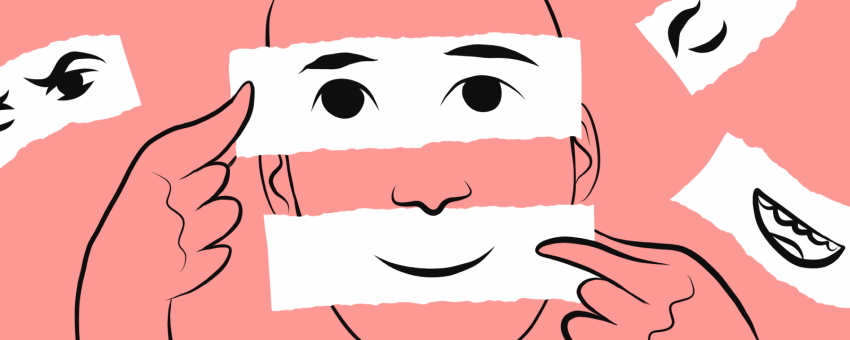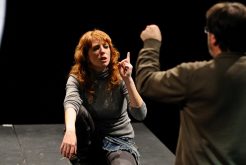
Women often have a hard time expressing themselves. This is because they are taught to hold their feelings in and not be so emotional from an early age. So for those of us who want to learn how to express ourselves better, here’s the first step: learning how to make different facial expressions.
We all know that it is important to look happy for your company’s holiday party, but how do you achieve a genuine smile? To learn the proper techniques of different facial expressions, let’s examine some of the most common ones.
Facial expressions and acting
It will cover the basics of what your face is doing, why it’s important, and how to practice at home with a mirror.

I have been an actor for over ten years now and have found that communicating through my eyes has been an invaluable tool in my arsenal of acting skills. I’ve seen many actors who rely on online delivery alone for their emotional impact but believe me when I say that if the audience can’t read your face, they can’t feel it either. So you need both to communicate truthfully with them.
The idea of an actor not being able to express their emotions is unthinkable. Yet, it’s the most critical part of conveying a character, and it’s what makes theater so magical.

Practice different facial expressions for acting
In an acting career, it is important to be able to convey a range of emotions. To do this, you have to practice facial expressions. Here are some exercises that can help you practice different facial expressions for acting:
- Inhale deeply and then exhale through the mouth while pursing your lips. This will create a pouting expression on your face. You might also try whistling with the same technique, which will cause a smile on your face because of the release of air from between pursed lips.
- Make a straight line with one hand and press as hard as you can against either side of your head (or use two hands) behind each earlobe for five seconds at a time.
It’s essential to know how to practice facial expressions for acting on stage and in film. This is because your body language can be perceived as reflecting your mood, performance, and even your character.
Improving your skills at reading people through their expressions is an invaluable skill that’ll help anyone find success in the industry one day.




